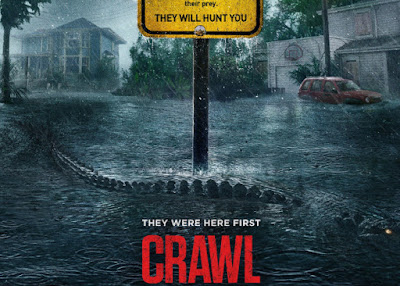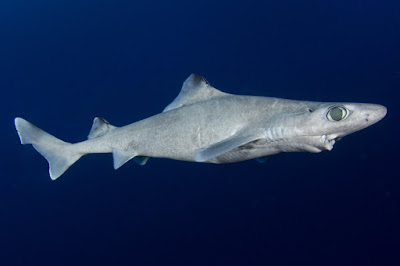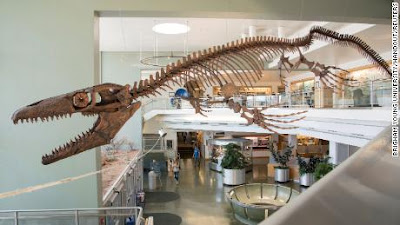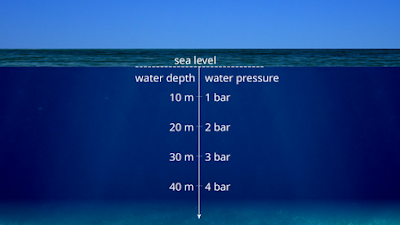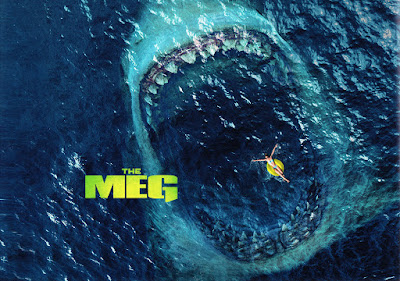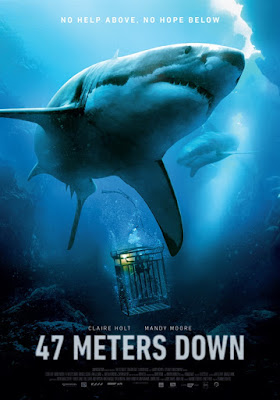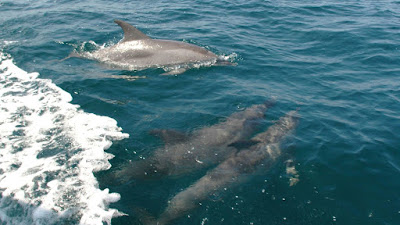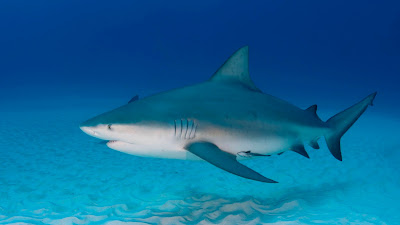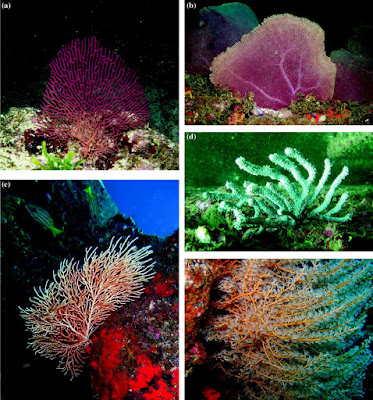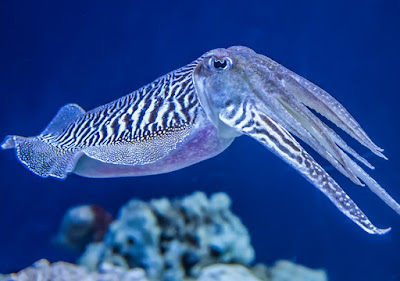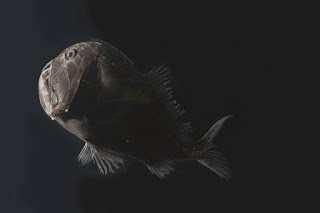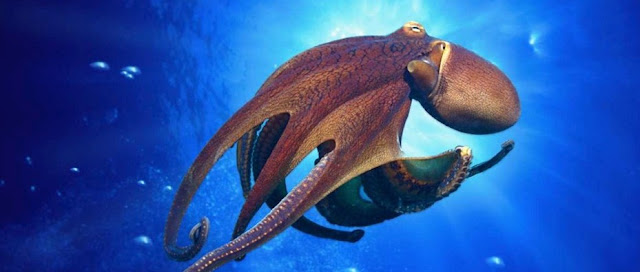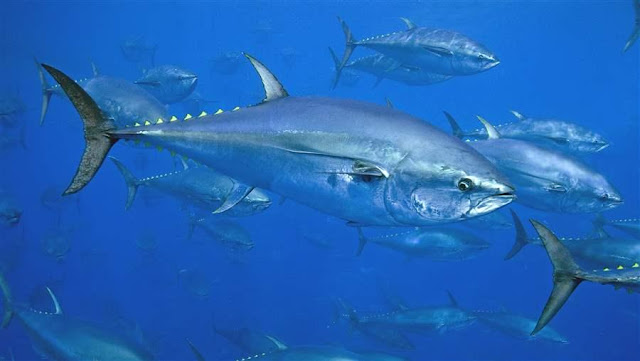Ending Destructive Gillnet Fishing In California And Belize
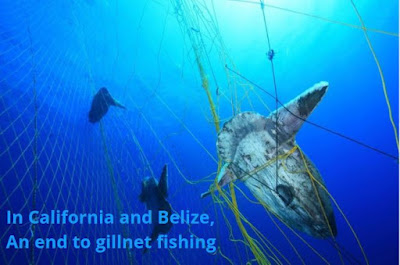
Gillnets, a dangerous mesh gear that indiscriminately kills every animal that has been entangled including turtles and manatees. The size of fish caught can be determined by the size of the mesh, helping to avoid catching juvenile fish. While targeting particular marine species, the gillnets carry the risk of bycatch(When one species is been targeted, the other has been suffered). Off the shore of California, large mesh drift gillnets are been used to catch swordfish which have been killing endangered turtles, whales and other marine species for years. This fishing have been resulted in killing more dolphins off the coast of California than the U.S. West Coast and Alaska fisheries combined. The NOAA fisheries have implemented strict limits known as hard caps, on the number of dolphins, whales and turtles that can be injured in catching swordfish. The Belize Government protected its waters from gillnets. Our essential allies in this battle were many local fishers who understood up close...







